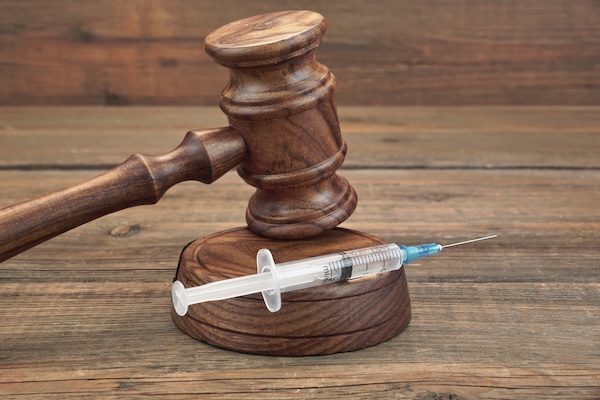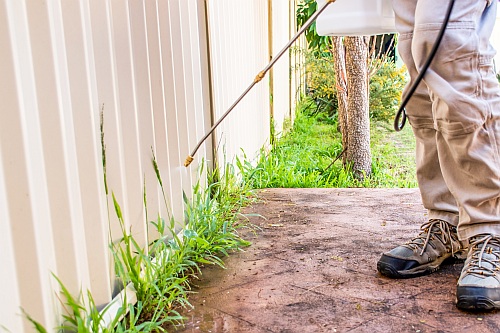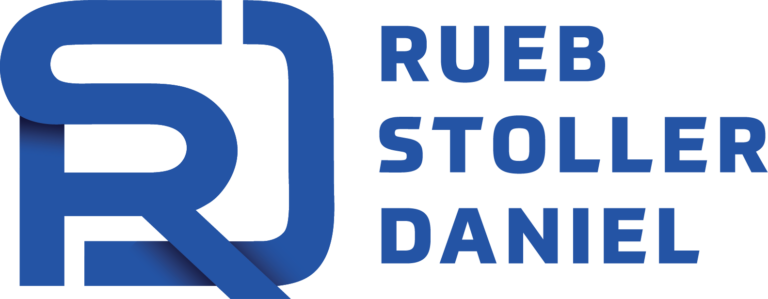Plaintiffs in a mass tort or personal injury lawsuit must present evidence to support their case. And they rarely, if ever, begin a lawsuit with all the evidence they need. This applies to your hair straightener lawsuit as well. Much of the proof that is required to build a winning case is in the hands of someone else. How do plaintiffs get their hands on this evidence? Discovery.
If you have been diagnosed with lasting health complications and think it may be at the hand of a hair straightening treatment or repetitive use of relaxer products, discovery will need to be conducted. That’s just one of many reasons you will need experienced legal counsel. Rueb Stoller Daniel is here to help.
What is Discovery?
In most civil lawsuits, the plaintiff or plaintiffs do not begin the case with all the evidence they will need. Judges, clerks, and other court personnel are not responsible for providing this evidence. This is where discovery comes in. It is the formal process by which parties exchange relevant evidence in a case. Discovery can also be used to obtain evidence that is in the hands of third parties not involved in the lawsuit.
In a hair straightener/relaxer lawsuit, evidence that is obtained through discovery will be used to (among other things):
- Develop allegations and arguments on both sides of the litigation
- Narrow the scope of issues that are in contention between the parties
- Determine the strengths and weaknesses of both parties’ respective positions
- Calculate the monetary value of the case (that is, how much the lawsuit is worth in damages)
- Facilitate settlement negotiations among the parties
Plaintiffs and defendants can both send discovery requests to each other. In general, these requests must be fulfilled. However, parties can raise objections and refuse to answer requests in certain circumstances. The judge presiding over the case may be asked to weigh in to determine the propriety of the requests. If the requests seek evidence that is relevant to the lawsuit, the judge may compel the refusing party to answer.
The Various Discovery Tools That May Be Used
There are several different discovery tools that can be used by attorneys on both sides of a hair straightener lawsuit. Your lawyer may choose these methods, among others:
Interrogatories
These are written requests for information that are sent from one party to another. The questions must be answered under oath. The answers often lead to uncovering other evidence.
Requests for documents
Plaintiffs and defendants may request certain records from one another. As one example, the victim will ask a hair straightener product manufacturer to produce internal documents related to health concerns. Meanwhile, the defendant company will probably seek copies of the victims’ medical records.
Requests for admission
These are questions that ask a party to either admit or deny certain statements. The primary purpose of these requests is to narrow the scope of the lawsuit and thereby save time and money. After all, if the parties don’t disagree on certain basic facts, they won’t need to litigate over them.
Depositions
A witness will give oral testimony and be cross-examined under oath during a deposition. Think of a deposition, therefore, as out-of-court (but sworn) testimony. The deposition questions and answers will later be reduced to writing, or recorded in a video, and submitted to court. Parties and witnesses with relevant knowledge may be deposed.
Subpoenas
A subpoena is an order, issued under the court’s authority, that requires someone to attend court. The subpoenaed individual may be required to appear in person, or bring documents, or both.
Rueb Stoller Daniel Is Ready to Build a Case for Your Hair Straightener Lawsuit
Discovery is an indispensable step in any mass tort lawsuit. There are strict rules governing its use and how objections can properly be raised. An attorney can assist you in sending and responding to discovery requests to help you build a compelling case. Call Rueb Stoller Daniel to learn more about how we are helping victims of dangerous hair straightener products.







